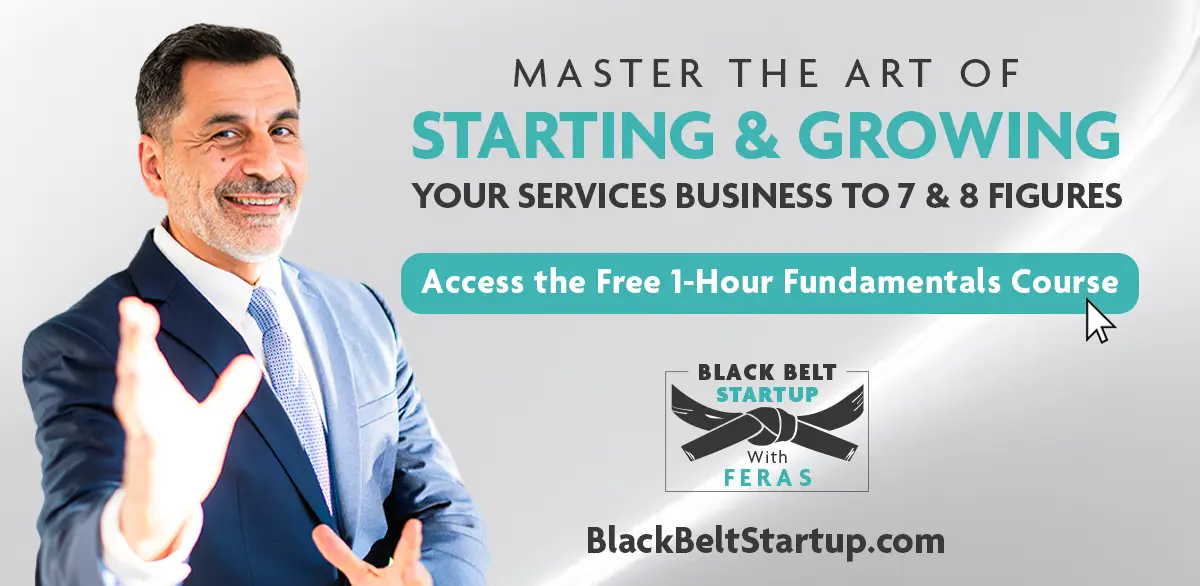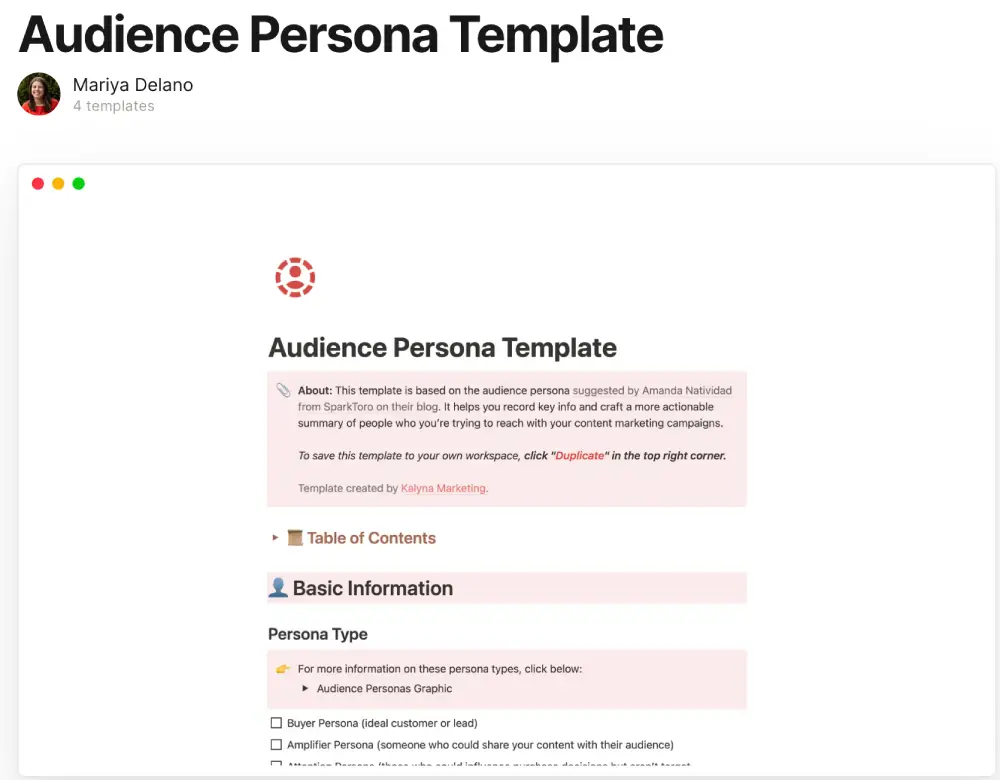Pricing Isn’t a Math Problem

Good Morning!
Last week, I had the privilege of judging the American Red Cross Youth Action Campaign. Over 100 high school students tackled global issues with the kind of entrepreneurial mindset I see in founders: building, articulating their ideas, and taking action. It was heartwarming to see these teens compete. 🙂

On the Mat
- Pricing Strategies
- From Too Many Services to Profitable Focus
- Audience Persona Template
- Setting Independent Consultant Rates for Vague Projects
- Why A Players Matter and How to Attract Them
Let's Train
From Picking a Pricing Model to Owning a Strategy
Over the last two weeks, we covered 7 pricing models and a matrix to help you choose the right one. But picking a model is just the start. How you price—and why—is just as important as what model you use.
This week, we’re talking pricing strategies: the tactics and considerations that let you tailor your model to your market, your stage, and your strengths.
Here are 7 proven strategies — and when to consider them:
1. Penetration Pricing
Set a lower price to enter a market, build demand, or learn fast. Works well if you’re confident in your ability to raise prices later. Risk: may anchor clients to low expectations.
2. Skimming
Start with a high price to capture early adopters or high-trust clients. Useful when your offer is unique or your time is limited. Drop the price later to expand.
3. Anchor + Premium
Create a low-cost or simple entry offer (audit, workshop) that anchors perceived value. Then offer a higher-ticket solution for clients ready to go deeper.
4. Tiered Bundling
Bundle services into 2–3 packages (Standard, Pro, Premium). Helps clarify value and gives clients an easy way to choose. Don’t overwhelm with too many options.
5. Foot-in-the-Door (aka the Wedge)
Use a small, outcome-focused offer (like a one-hour consult or mini-project) to build trust and lead to a larger engagement. Great for lead generation and consultative sales.
6. Outcome-Based Premium
Tie your price to the result, not your time. Works when your impact is measurable (e.g., leads generated, revenue increased, churn reduced). Requires domain expertise, clear scope, and client buy-in.
7. Low-Cost Project + Light Retainer
Offer a lower-cost project with a monthly retainer. The retainer can include light support or strategic check-ins and creates a recurring revenue stream while lowering the upfront cost for the client. It also builds a long-term relationship that can grow over time.
📌 A few other considerations:
- How fast do you want to grow? Lower prices help you learn, higher prices help you filter.
- How confident are you in your offer? If you’re still refining it, use pricing to test assumptions.
- What kind of clients do you want to work with? Your pricing says more about you than your tagline does.
Pricing isn’t about perfection. It’s about positioning, testing, and learning. This may take time as no formula works right away.
As always, don’t allow any of this to paralyze you. It’s better to undercharge or mess up a few times than to never launch and learn.
Want help building pricing that fits your stage and goals? Check out my mini-course, which includes a one-on-one session to discuss all things about your pricing.
Ask Feras Recaps
From Too Many Services to Profitable Focus
🔥Challenge:
Caleb and his two partners built a youth-focused event planning business, recently expanding into after-school care. Revenue was growing, but profits weren’t. They were stretched thin, offering too many services with high payroll and uncertain pricing power. On top of that, the founders weren’t fully aligned on growth ambitions—one even considering stepping away.
💡What They Were Doing Right:
- Clear division of roles (marketing, HR, operations)
- Strong trust and chemistry among partners
- A growing client base and early revenue
🛠️My Advice:
- Align on growth goals: All partners must agree on how aggressively they want to grow.
- Narrow service focus: Drop 2-3 lower-performing services. Focus on the most profitable and scalable offers.
- Get financial clarity: Hire a fractional CFO (or study financial KPIs themselves) to better understand revenue, costs, and margins.
- Make time to work on the business: Use time audits to identify tasks that can be outsourced, freeing up focus for growth.
📈 Progress:
Caleb left with a roadmap to simplify, refocus, and create alignment — all essential steps to move from busy to increasing profitable margins.
Details have been changed to protect anonymity and for storytelling purposes.
You Might Like These
Most persona templates are either too fluffy or too rigid. This one strikes the right balance: structured enough to clarify messaging, positioning, and offers, but flexible enough to adapt as your business evolves.
I like how it focuses on practical triggers, decision drivers, and real objections.
It’s useful whether you’re refining your ICP or building out a new service line.
Pricing can be straightforward when you know what you need to deliver. But what if you don’t?
That’s the challenge with vague projects—when the scope is fuzzy but the client still expects a price. This article lays out a smart approach: clarify goals as much as possible, reference past projects to estimate effort, add buffers for unknowns, and use phased or tiered pricing to spread risk.
You’re not aiming for perfect estimates — you’re creating structure in uncertainty while protecting both sides.
Sharpen Your Blade
The biggest bottleneck in service businesses isn’t leads—it’s capacity. You can only scale so far by doing everything yourself. That’s why A-players matter: they take full ownership, solve problems, and grow the business alongside you.
This framework lays out how to find them: build relationships early, sell your vision (not a paycheck), and offer real autonomy once they join. Retention isn’t about perks—it’s transparency, shared wins, and letting them lead. Your success will increasingly depend on who you hire—and how you build around them.
Template: 5 Questions to Assess Top 1% A-Players
Subscribe to the Black Belt Startup Newsletter
Weekly, 5-minute insights to help you escape the 9–5, land your first clients, and grow a thriving business.



